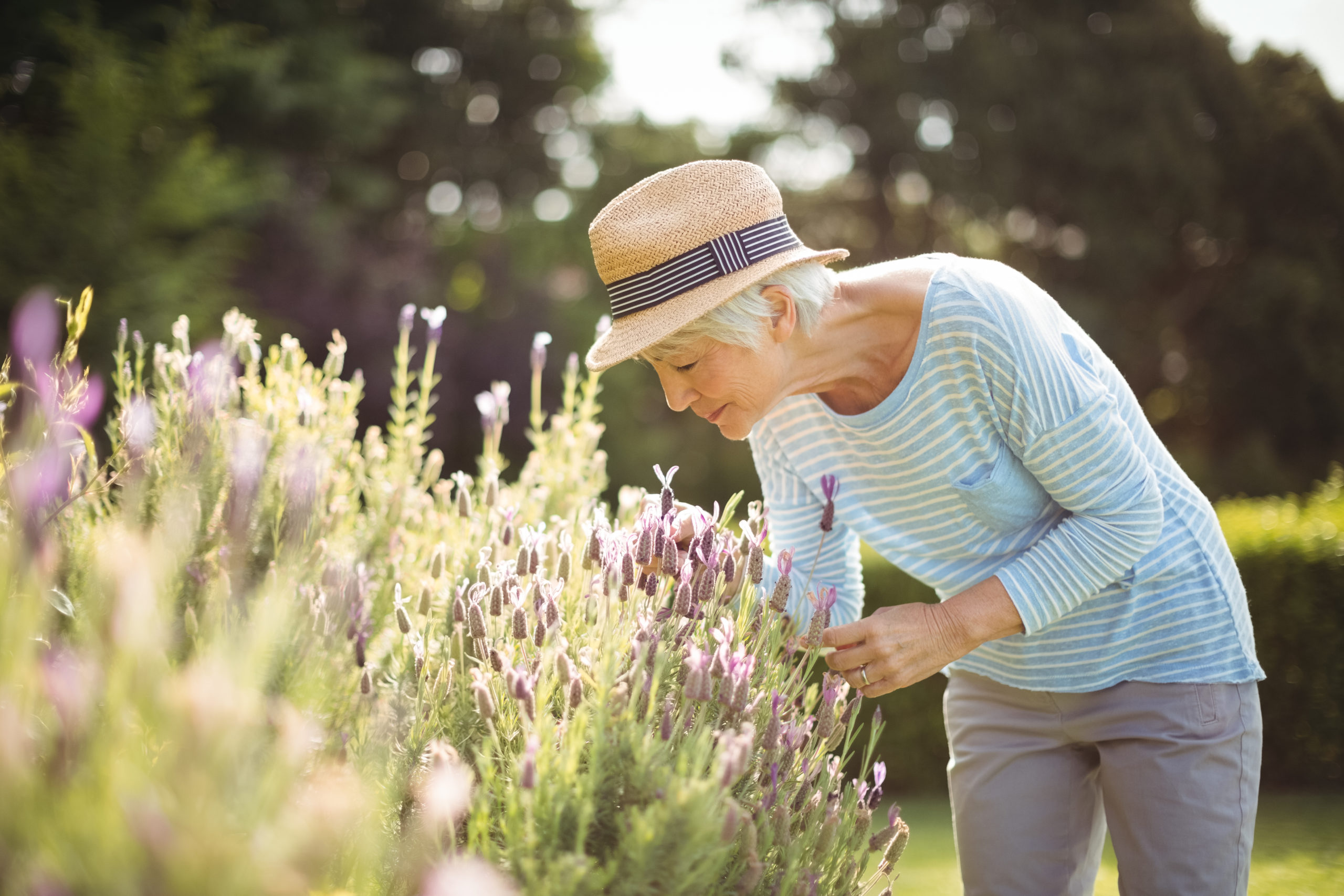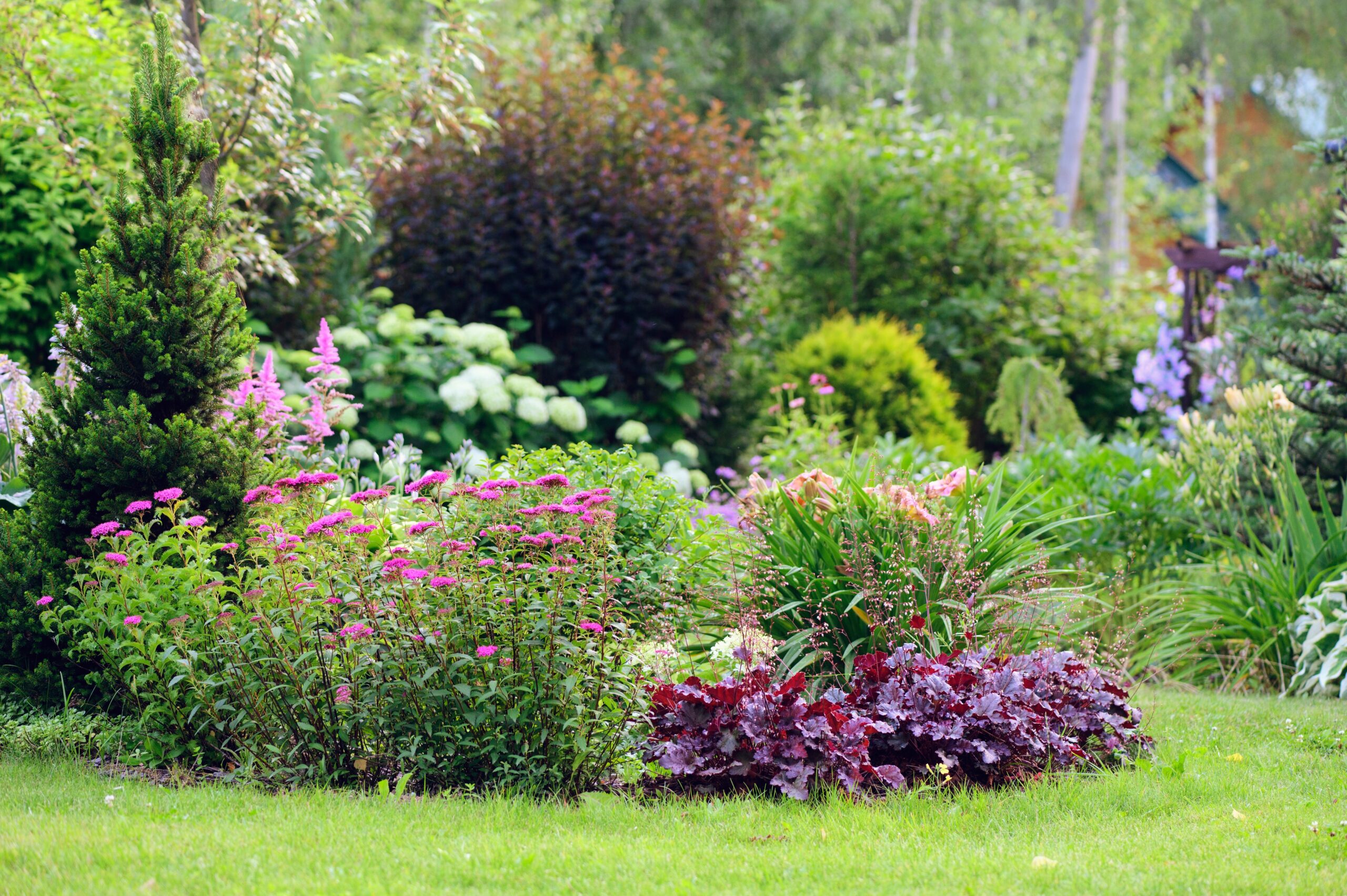by Kevin Coluccio
The connection between physical activity and a lowered risk of cardiovascular disease is well established. Research shows that as little as 30 minutes of moderate-intensity activity on most days supports heart health. Among effective—and enjoyable—forms of exercise is gardening.
Pulling weeds, planting flowers and mowing the lawn provide a light-to moderate cardiovascular workout. Coordinated upper and lower body movement improves mobility, flexibility and endurance. Bending and squatting strengthen major muscles groups such as glutes, hamstrings and quads. Each of these actions increases metabolic rates and temporarily raises a person’s heart rate in healthful ways. Gardening regularly and over time slows one’s resting heart rate.
A 2019 study published in the British Journal of Sports Medicine tracked nearly 90,000 adults in the U.S., aged 40 to 85 years for 11 years. Participants engaged in “leisure time physical activity”—brisk walking, dancing or gardening—for 10-59 minutes per week. The study showed that participants had an 18% lower risk of death from any cause. Moreover, the risk of death from cardiovascular disease, including a heart attack or stroke, dropped by 12%. Adults who performed 2.5 to 5 hours per week of moderate physical activity had a 31% lower overall risk of death.
The psychological and nutritional benefits of gardening are equally beneficial to staving off a heart attack or stroke. Spending time in nature—digging in the dirt or harvesting vegetables from the vine— boosts one’s mood and lowers anxiety. As gardening reduces stress, it helps to release endorphins and lower blood pressure. Moreover, eating fresh fruits and vegetables has shown to decrease the risk of heart disease, high blood pressure and some cancers.
In emphasizing its many benefits, gardening expert Joe Lamp’l asserts that people of all ages and skill-levels can be successful. “Knowing where to start is half the battle,” says Lamp’l.
Here are fundamentals for getting started:
- Start with a basic understanding of the immediate environment, exposure and conditions. In order to choose what to plant, it is important to know factors that will inform about light, temperature, space requirements, water usage needs, soil quality, etc. Whether one decides to grow flowers or vegetables, “putting the right plant in the right place” is key.
- Generate a broad plan and refine slowly. For example, an edible garden can contain vegetables, flowers, berries, herbs, seeds—essentially plants that can be consumed. The garden does not need to be particularly large; it could start in a window box or clay pots. So long as the plan seems manageable and enjoyable, it is a good place to start.
- Use high quality soil. The most successful gardens are ones with the healthiest soil. According to Lamp’l, feed the soil, and let the soil feed the plant. Use organic fertilizers, compost and mulch to build healthy soil, and in turn nutritional food.
- Grow plants that are pleasing to eat, see or smell. The added incentive to care for vegetables, fruit and flowers that one enjoys is helpful to maintaining a successful garden. Low-maintenance and fast-growing plants can be especially gratifying to the beginner!
- Spend at least a small amount of time every day to observe how the plants are doing. Lamp’l asserts that proactive gardening includes doing the important things to ensure the health of the garden before problems arise. Providing the best possible growing environment can circumvent more serious problems down the road.
This same message resonates from a heart health perspective: one reaps the benefits every day from sowing a garden. Growing and harvesting plants leads to a bounty of healthy rewards.








Leave A Comment